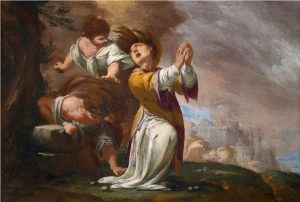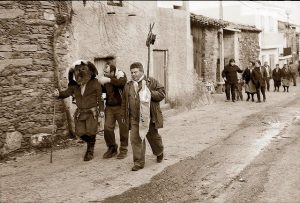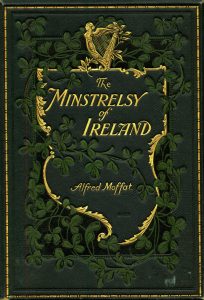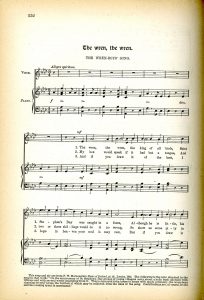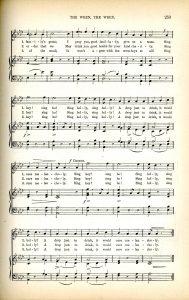November Eve
November Eve, or Samhain, celebrates the Moon, the end of the harvest season, and the beginning of winter. And like other holidays that celebrate the change of the seasons with great bonfires, fairs, and festivals, so does November Eve.
Like many Celtic holidays have a Christian counterpart celebrated on or around the same day, so does November Eve. It is known as All Saints’ Day and All Souls’ Day. All Saints’ Day is a day to celebrate all saints known and unknown while All Souls’ Day is to remember all others that have passed on. Typically, families will visit cemeteries and graves, bringing flowers, candles and prayers or blessings. Just like Halloween and the Day of the Dead, All Saints’ Day and All Souls’ Day remember the dead.
And like Halloween and the Day of the Dead, November Eve is the “one night of the year when the dead can leave their graves and dance in the moonlight on the hill” (Wilde, 80). However, it is said “mortals should stay at home and never dare to look on them” (Wilde, 80).
One such gives caution, states:
“It is esteemed a very wrong thing amongst the islanders to be about on November Eve, minding any business, for the fairies have their flitting then, and do not like to be seen or watched; and all the spirits come to meet them and help them. But mortal people should keep at home, or they will suffer for it; for the souls of the dead have power over all things on that one night of the year; and they hold a festival with the fairies, and drink red wine from the fairy cups, and dance to fairy music till the moon goes down” (Wilde, 78).
Being the 21st century staying home no longer applies! Kids, after carving their Jack-O’-the-Lantern into a frightful face, dress up to trick-or-treat and adults, also in costume, go off to parties to celebrate and bob for apples. Ever wonder how the Jack-O’-the-Lantern came to be? Or how apples and Halloween became a famous couple?
An Irish tale from Irish Fireside Stories contains an explanation for the Legend of the Jack o the Lantern. After having been excluded from heaven and having tricked the devil making Hell refuse to take him, it was decreed that Jack would walk the Earth with a lantern to light him on his nightly way until Judgement Day.
As for apples and Halloween, an old Celtic ritual has an explanation:
“The first day of November was dedicated to the spirit of fruits and seeds, from which, no doubt, originated the custom of eating nuts and apples on Hallow Eve. It was called La-mas-abhal, the day of apple fruit. This word, pronounced Lamabhool, was corrupted by English settlers into lamb’swool, which name was given to a drink made of apples, sugar and ale. So the apples are still eaten on All-Hallow’s Eve by the merry company in the farmhouse kitchen in Ireland, and the young Irish girls will peel one carefully, taking care to keep the skin whole, which, when cast over the shoulder upon the floor, will fall into the form of the initial letter of her future husband’s name. Or she will take nuts piled so plentifully upon the table and burn them on the grate-bar or the hearth and try to read her future in their ashes, while her companions are setting nuts in pairs together in the same place, naming them carefully, and watching to see whether they will burn pleasantly together or jump apart” (Blennerhassett, 233-234).
The article continues to mention further steps to be taken over the course of finding out information about one’s future husband and the role of apples in this process but as with all love fortune telling, spells, and the like, it is a lengthy process that requires far too much effort and too much typing for one blog post on a day of festivities. So, I’ll leave it here and wish you all a Happy Halloween!
Good luck bobbing for apples! And remember all spells cast on November Eve come true.
Reference
Blennerhassett, Sarah (1899 November). All-Hallow’s Eve. The Gael.
Wilde, & Wilde, W. R. (1919). Ancient legends, mystic charms & superstitions of ireland : with sketches of the irish past. Chatto & Windus.
For the online version, click here. Please note they may not be exactly the same.



